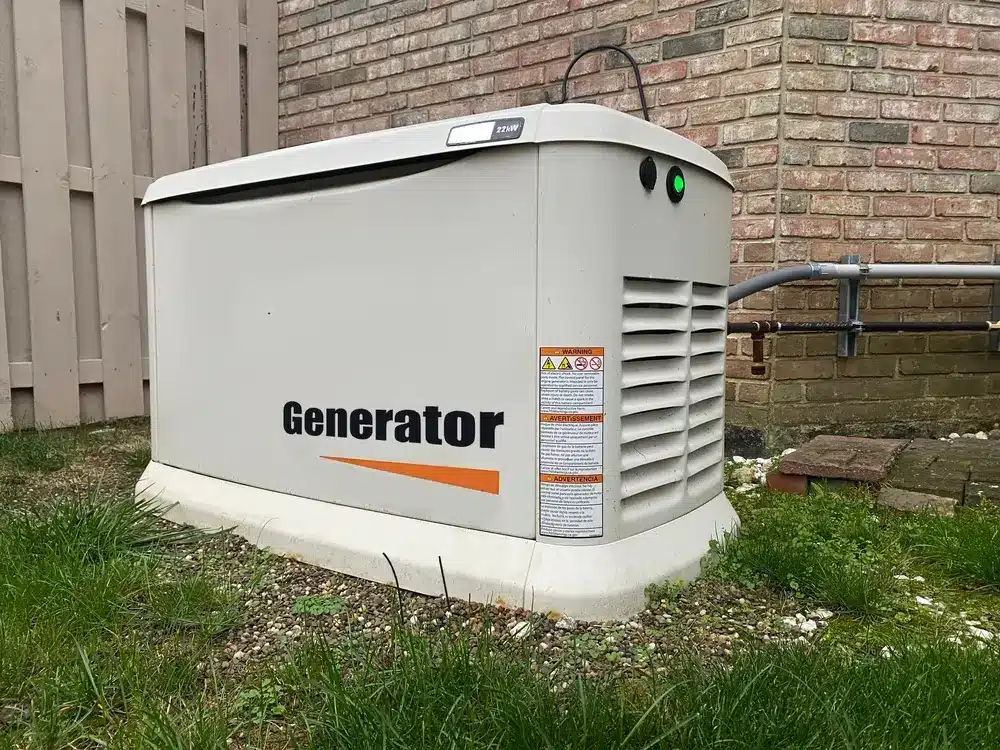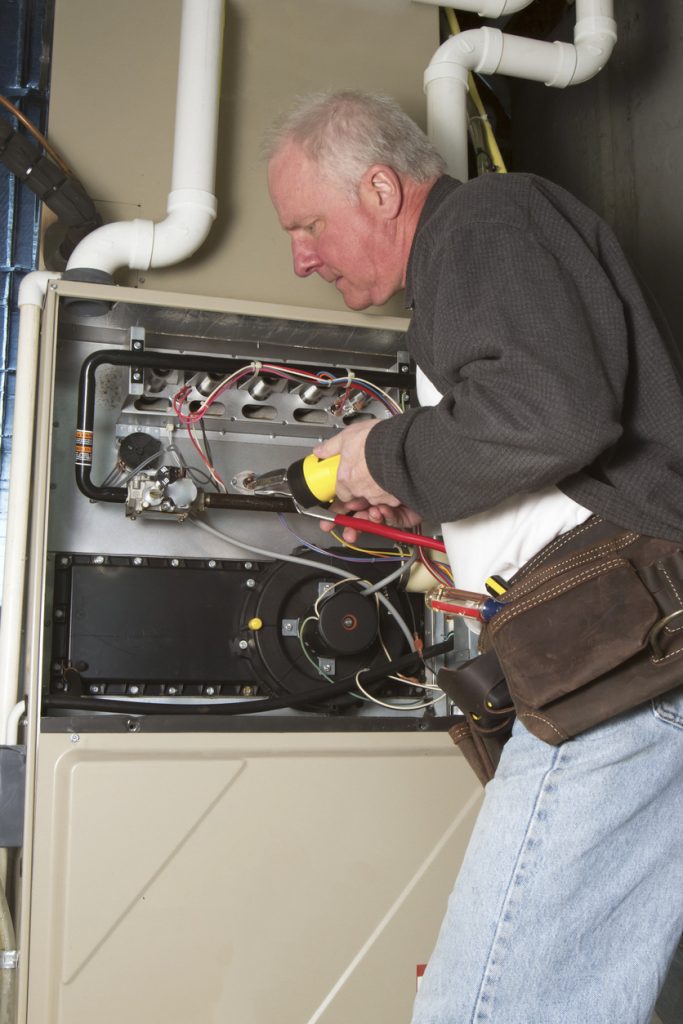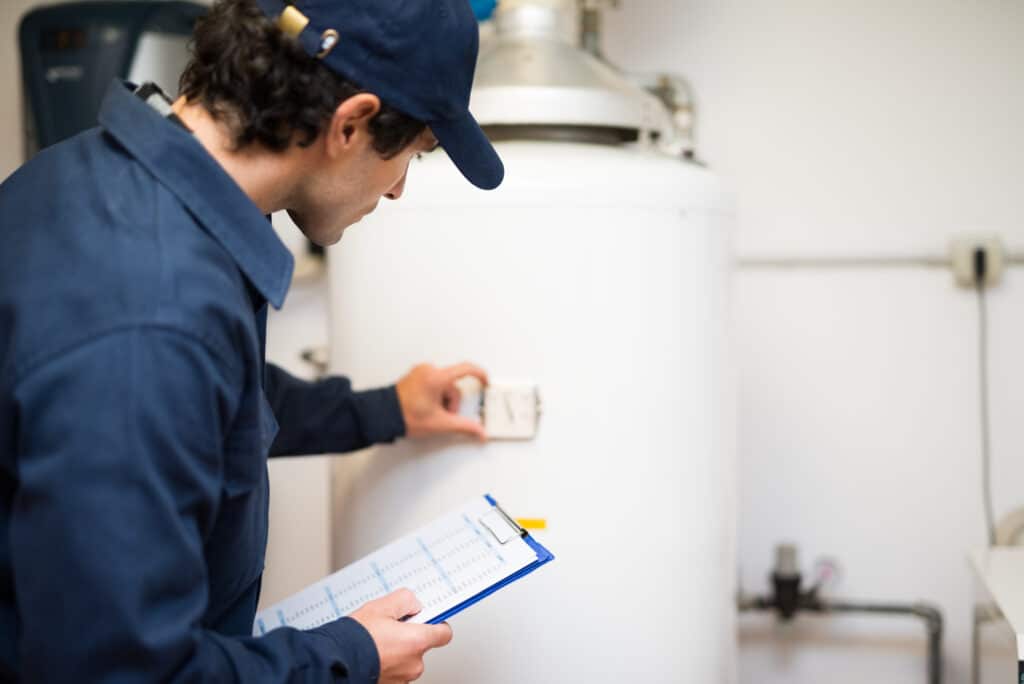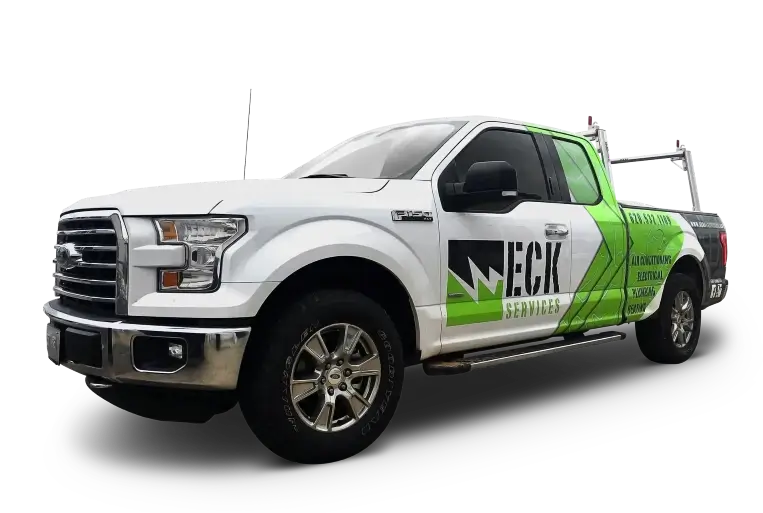Blog
How to Use a Plunger Correctly
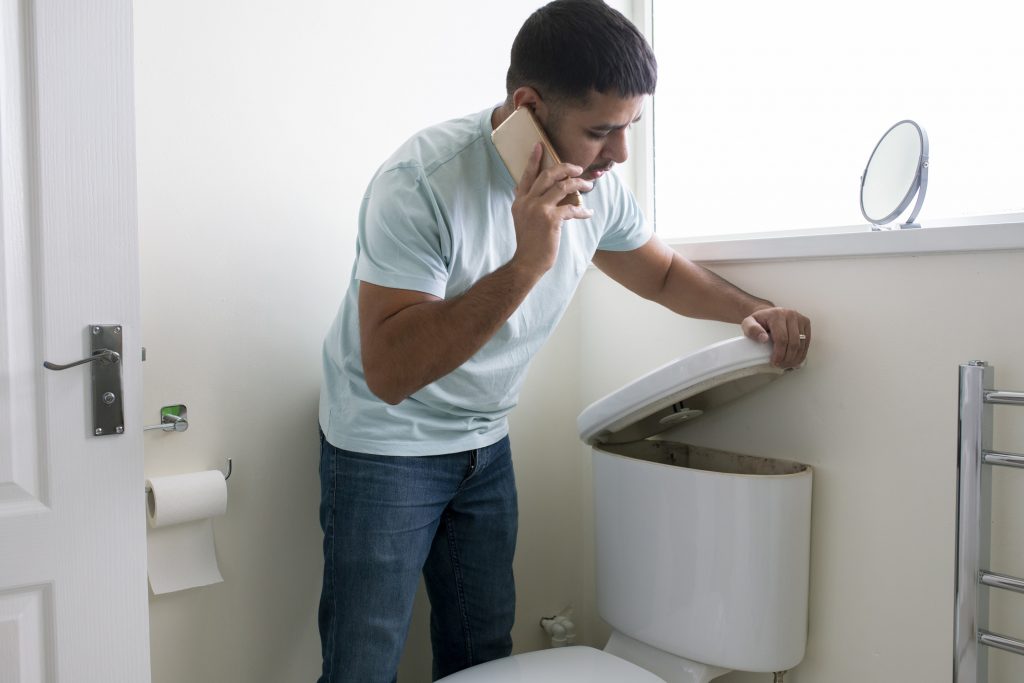
A clogged toilet, sink, or tub never shows up on your schedule. It happens when company is on the way, in the middle of the night, or right before work. For families in Wichita, Hutchinson, or Medicine Lodge, the first tool pulled from under the sink is usually a plunger. The problem is that many people use it the wrong way.
If you grab the wrong plunger or pump it up and down without a tight seal, you may just be splashing water around. Using a plunger the right way can clear most small clogs in a few minutes. If it does not, that is when ECK Services is here to step in for South Central Kansas homeowners.
Types of Plungers and Their Uses
Plungers are not all the same, even if they look similar. Each type is built for a different kind of job.
- Cup plunger: The standard design with a simple rubber cup. Works well on flat drains in sinks, tubs, and showers. Not great for toilets.
- Flange plunger: Has a soft flap that folds out from the cup. That flap fits inside the toilet drain, creating a better seal. The right tool for toilets.
- Accordion plunger: Made of harder plastic, shaped like an accordion. Creates strong force but is harder to handle. Helpful for stubborn toilet clogs.
A quick rule of thumb: cup for sinks and tubs, flange for toilets, accordion when you need extra power.
Tools and Preparation Before Plunging
Getting ready only takes a minute, and it makes the job easier and cleaner.
- Rubber gloves keep your hands sanitary
- Towels or a bucket help with spills
- A little disinfectant makes cleanup simple afterward
- The bowl or basin should have enough water to cover the cup of the plunger
If the toilet is too full, scoop some water out. If it is nearly empty, add water so the cup can stay submerged.

Step-by-Step Guide
Here is how to clear a clog with a plunger:
- Choose the plunger that matches the job. Flange for toilets, cup for sinks or tubs.
- Position the plunger over the drain. Press gently at first to push out any air.
- Pump firmly. Push down and pull up without breaking the seal. Quick, steady strokes work better than wild plunges.
- Keep going for 15 to 20 seconds.
- Pull the plunger up and check if the water drains. Repeat a couple more times if needed.
For toilets, do not keep flushing while you are plunging. For sinks or tubs, block the overflow opening with a wet rag to get stronger suction.
Tips That Make Plunging Easier
Plunging is simple, but a few tricks can help you get better results.
- Smear petroleum jelly around the rim of the plunger for a tighter seal
- Always plunge with water in the bowl, not just air
- Work with short, steady thrusts instead of frantic movements
- Rinse and disinfect the plunger with hot water after you are done
When to Call a Professional
A plunger can handle most small clogs, but not every problem. You may need help if:
- The drain does not clear after a few tries
- The same fixture clogs again and again
- More than one drain backs up at the same time
- You smell sewage or see water appear in other fixtures while plunging
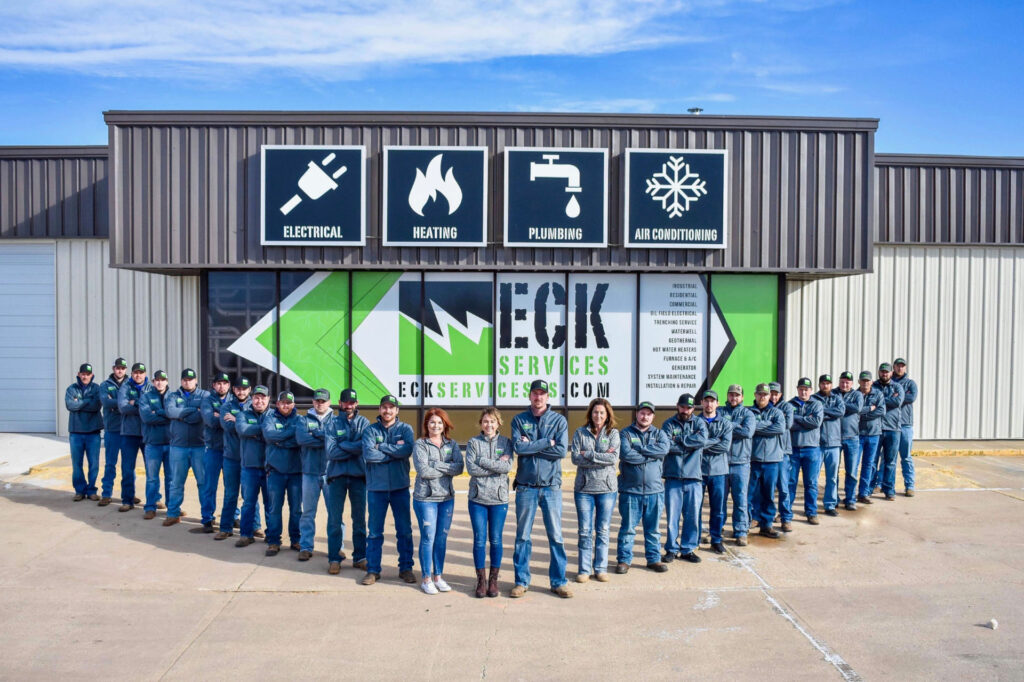
These are signs of deeper blockages, often in the sewer line. That is when it is time to bring in the team at ECK Services. We take care of everything from clogged toilets to emergency plumbing calls across Kingman, Pratt, Salina, Anthony, and the rest of South Central Kansas.
ECK Services Is Here When Plunging Is Not Enough
Most of the time, a plunger and the right technique are enough to clear a toilet, sink, or tub. But if the clog will not move, or if it keeps coming back, it is better to let a professional handle it.
For tough clogs or urgent plumbing problems, call ECK Services. We have been serving Wichita, Hutchinson, Pratt, Kingman, Medicine Lodge, Salina, and Anthony for years with reliable Kansas plumbing services.



